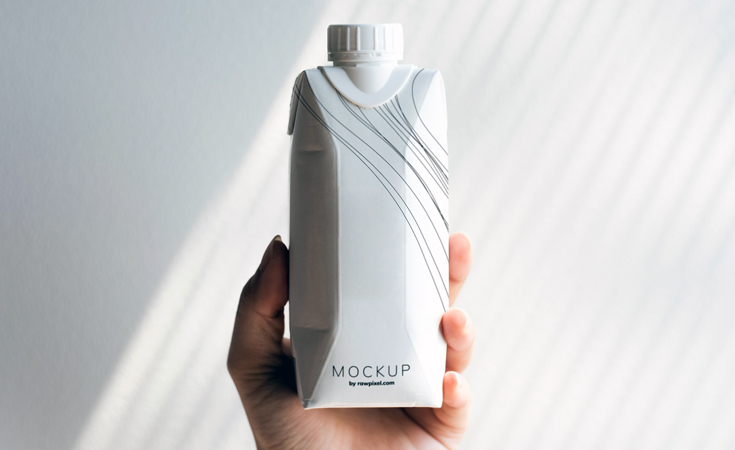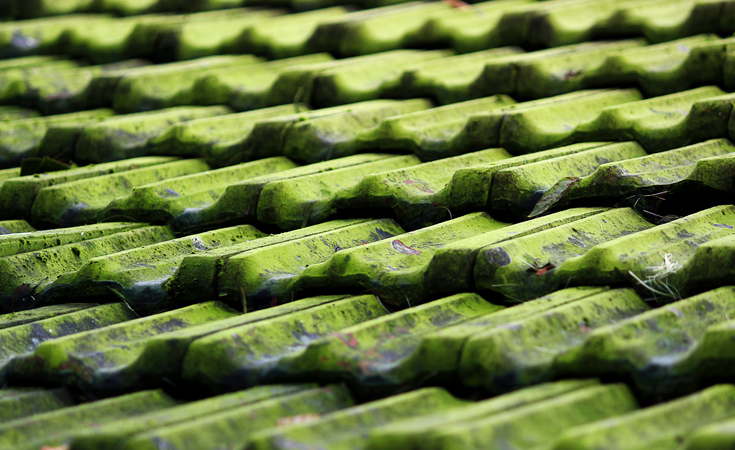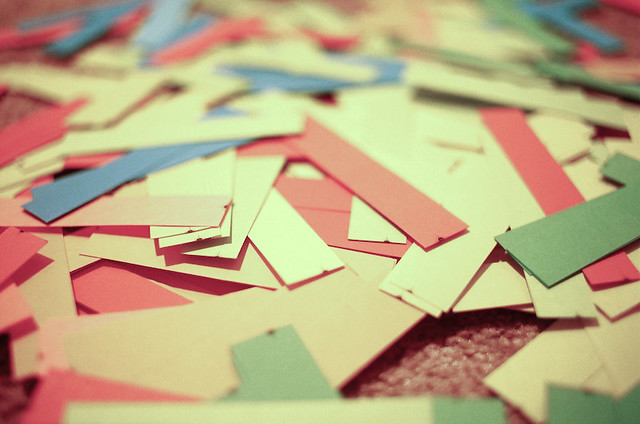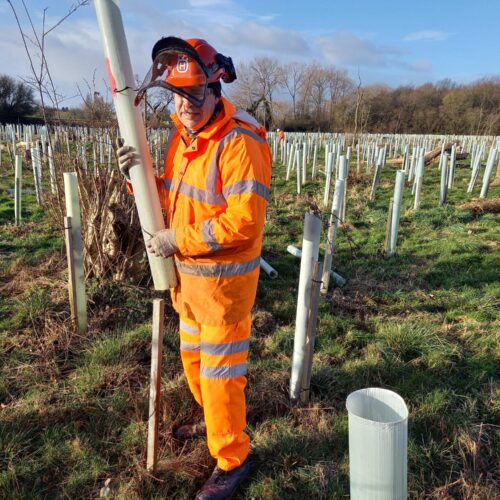Back in December last year, we brought you a blog on how Thomson achieves sustainability from inside the office; and in March this year, we shared our recycling efforts from the outside, with our habitats team. This week, Recycle Week, we’ve got a few additions to our recycling efforts that could help your business on its way to becoming more sustainable. Our resident recycling champion, Wulf, explains.
Milk: Shaking up how you recycle

Whether office based or out on site, pretty much everyone drinks or uses milk in tea, coffee or on their cereal. From cow’s milk to soya milk, most of these products come in a container that is not straight forward to recycle. However, recent developments have meant that now packaging such as tetra paks, can be recycled.
Using the Tetra Pak website, you can find local collection points or discover if your local council collections will take them. We currently have our Tetra Pak’s recycled by our local waste collection service, Chambers Recycling, but it’s worth exploring these options if your waste collector does not accept them.
Another recycling scheme for milk related packaging has come from Lush, the company that make handmade cosmetics. They are now taking in old plastic milk bottle tops and turning them into new packaging. Currently they will only take small parcels of milk bottle lids from individuals and not companies, but it’s a great start.
Hard (to recycle) hats?

Most people in construction or related industries have worn or owned a hard hat. The guidelines on the HSE (Health and Safety Executive) website states that hard hats have a life expectancy of three years from date of manufacture. With thousands of hard hats being used each year, there is a large number that need to be disposed of in a safe and sustainable manner.
Enter the National Hard Hat Recycling Scheme. For a small fee, your business can join the scheme and send off those old or overly used hard hats to be turned into bins, site boards or an array of other items.
One company, Yes Recycling, also take on garment hangers and plastic bottle recycling. This means that you keep those offices, PPE stores and sites clear of old plastics and know that they aren’t just going straight into landfill. Thomson are currently in the process of arranging to recycle many hard hats from one of our bigger projects.
Hard core recycling
Nothing quite as continuous, fast-moving and on an epic scale, as the title suggests, but from bricks to stones, most landscapers and construction-based companies have had to deal with disposing of tonnes of rubble and inert hard-core waste. Rather than sending it to landfill, a lot of this type of waste can be reused on site. There are also a lot of waste facilities which are now taking these items in and turning them into resalable hard-core.
This can in turn be taken back out and used on sites across the country for a range of applications. Recycling this sort of site waste reduces disposal costs and carbon emissions. It also helps you to comply with environmental legislation. Thomson often use this sort of material in our hibernacula construction on sites where we are creating habitats for amphibians and reptiles. Make sure not to mix in plaster board or other contaminants though as this will render your hard core unusable.
Hard core recycling companies that we look to for services include RTS Waste and McCarthy Waste.
Felt, tin and tiles

Another way of reusing man-made waste is to take old roofing felt or corrugated tin and turn it into reptile refugia. By placing these items on sites where lizards, snakes and amphibious creatures’ dwell, you can create homes for them to live under, safe from most predators. Using 50cm x 50cm square sections and placing them in areas of undergrowth that receive a good dose of sunshine, you create the perfect place for these reptilian and amphibian creatures to hide and gain heat. You can also use bitumen-backed carpet tiles for the same purpose. Bitumen stops the rain water getting through to the animals below, plus it helps to make the mats more durable and less likely to break down.
Paper – just scrap it?

The colourful aftermath © Matt McDaniel / Flickr.com
A good way to reuse paper rather than just recycle it, is to keep a stock of scrap paper that can be used for business purposes, e.g. for making notes in meetings, for drawing design mock ups, etc. This way rather than using fresh new sheets of paper or tearing a page from your note book for a simple illustration or to pass information on, you can use your scrap pile.
Why not read our other recycling blogs
How we can help
Wulf and the habitats team here at Thomson are specialist ecological contractors. They can turn your plans into practice, providing services such as wildlife fencing, vegetation control, tree clearance and invasive species management. They also support ecologists with protected species trapping and translocation.
If you require any of these services, please get in touch with the team for a quote.











